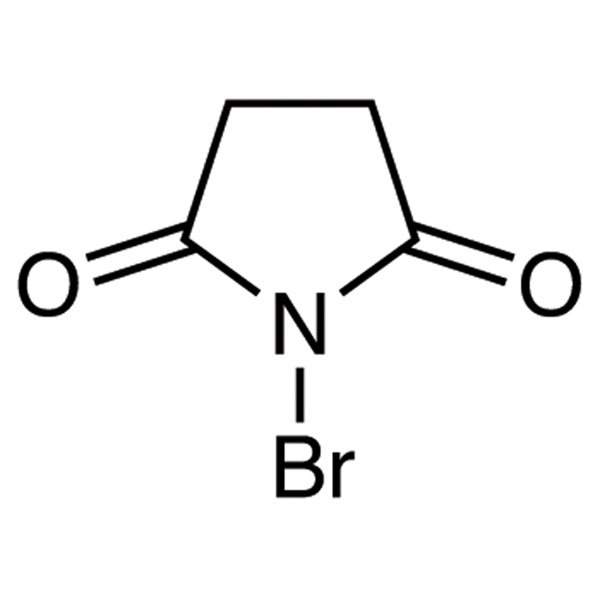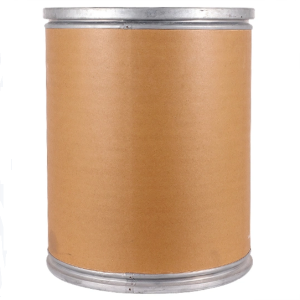N-Bromosuccinimide (NBS) CAS 128-08-5 Purity >99.0% (Titration by Na2S2O3) Factory Hot Sale
Shanghai Ruifu Chemical Co., Ltd. is the leading manufacturer and supplier of N-Bromosuccinimide (NBS) (CAS: 128-08-5) with high quality, commercial production. We can provide worldwide delivery, competitive price, excellent service, small and bulk quantities available. Please contact: alvin@ruifuchem.com
| Chemical Name | N-Bromosuccinimide |
| Synonyms | NBS |
| CAS Number | 128-08-5 |
| Stock Status | In Stock, Production Scale Up to Tons |
| Molecular Formula | C4H4BrNO2 |
| Molecular Weight | 177.99 |
| Density | 2.042g/cm3 |
| Melting Point | 175.0~183.0℃(dec.) |
| Boiling Point | 339℃ |
| Store Under Inert Gas | Store Under Inert Gas |
| Sensitive | Light Sensitive, Moisture Sensitive, Heat Sensitive |
| Solubility | Soluble in Acetone. Slightly Soluble in Water. Insoluble in Ether |
| Odor | Characteristic Odour of Bromine |
| Stability | Stable.Incompatible with strong oxidizing agents,halogenated hydrocarbons |
| COA & MSDS | Available |
| Origin of Product | China |
| Brand | Ruifu Chemical |
| Item | Specifications | Results |
| Appearance | White or Off-White Crystal | Complies |
| N-Bromosuccinimide Purity | >99.0% (Titration by Na2S2O3) | 99.39% |
| Melting Point | 175.0~183.0℃ | 177.0-179.8℃ |
| Effective Bromide Content | >44.47% | 44.53% |
| Loss on Drying | <0.50% | 0.22% |
| Total Impurities | <1.00% | 0.61% |
| Conclusion | The product has been tested and complies with the given specifications | |
Package: Bottle, Aluminium foil bag, 25kg/Cardboard Drum, or according to customer's requirement.
Storage Condition: Moisture and light sensitive. Keep the container tightly closed and store in a cool, dry (2~8℃) and well-ventilated warehouse away from incompatible substances. Keep away from sunshine; avoid fire and heat sources; avoid moisture. Incompatible with strong oxidizing agents.
Shipping: Deliver to worldwide by air, by FedEx / DHL Express. Provide fast and reliable delivery.
N-Bromosuccinimide (NBS) (CAS: 128-08-5)
1 Range
This standard specifies the technical requirements, test methods, testing rules, marking, labelling, packaging, transport and storage of N-bromosuccimide.
This standard applies to N-Bromosuccinimide produced by Shanghai Ruifu Chemical Co., Ltd. Company.
2 Normative reference documents
The terms in the following documents become terms of this Standard by reference to this Standard. All subsequent amendments (excluding errata) or revisions to dated citations are not applicable to this Standard; however, parties to an agreement under this Standard are encouraged to explore the use of the most recent version of these documents. For undated references, the latest version of the document applies to this standard.
3 Technical Requirements
3.1 Quality specification
The quality index of the product shall meet the requirements of Table 1.
Table 1 N-Bromosuccinimide quality specification
Number item
Appearance White or off-white crystal
Content % ≥99.00
Effective Bromine content ≥44.47%
Melting point 175.0-183.0℃
Loss on drying ≤0.50%
4 Test methods
4.1 Appearance: Visual.
4.2 Content
4.2.1 Test Procedure
Accurately weigh the N-Bromosuccinimide sample 0.2g (accurate to 0.0001g) and add 100ml distilled water to dissolve, when completely dissolved, add 5ml ice acetic acid, and then add 15% potassium iodide 10ml, close the iodine bottle plug, shake well, seal with distilled water, place in the dark for 15 minutes, take out the shake, and then titrate with 0.1N sodium thiosulfate standard solution until the end At the point, the color changed from red brown to light yellow, shook with 2ml 0.5% starch indicator, titrated until the blue color disappeared. (Record each data)
4.2.2 Calculation formula:
Available bromine =N×V ×0.0399× 100% / W
Content = available bromine × 177.98/79.90
Where: 0.03996-- equivalent number of micrograms of NBS
Molar concentration of sodium thiosulfate
V-- The volume of sodium thiosulfate consumed
4.3 Loss on drying
4.3.1 Instruments
The following instruments are used in this method:
Vacuum drying oven.
4.3.2 Test Procedure
First weigh the dry empty weighing bottle as m1, take this product 1-2G into the weighing bottle and weigh it as m, put it in the oven at 80℃ and bake to constant weight (about 3 hours), take out the weighing bottle and weigh it as m2.
4.3.3 Calculation Formula
X=(m1-m2)/(m1-m)*100%... ............. (1)
Formula:
X: Loss on drying, %;
m: empty measuring bottle mass, unit gram (g);
m1: The total mass of the sample after being put into the weighing bottle, in grams (g);
m2: Total mass of treated sample and weighing bottle, in grams (g).
4.4 Melting Point
According to GB/T617-1988, WRS-1B digital melting point instrument was used, the preset temperature was 173℃, the heating rate was 1.0℃/min, and the measured melting range was between 175.0-183.0 ℃.
5 Inspection Rules
5.1 Factory Inspection
Factory inspection items include all items in this standard.
5.2 Type Inspection
Under any of the following circumstances, type inspection shall be carried out for all technical indicators:
a) Once a year under normal production conditions;
b) when there are major changes in raw materials and processes;
c) When the product is discontinued for more than three months and the production type inspection is resumed;
d) When the factory inspection results are significantly different from the last type inspection;
e) When the quality supervision agency proposes to conduct type inspection.
Type inspection items are all items specified in this standard.
5.3 Eligibility criteria
If there is one or more nonconforming items in the inspection result, it will be reinspected. If there are still nonconforming items in the reinspection, it will be determined that the batch of products is nonconforming.
6 Marking, packaging, transportation, storage
6.1 Mark
The outer package of the product shall be marked with the product name, net weight, content, product standard number, factory address, date of production and shelf life.
6.2 Packaging
The inner liner should be lined with a two-layer film plastic bag and packed in a cardboard bucket.
6.3 Transportation and storage
Store the product in a dry, cool place, moisture-proof, rainproof, sun-proof, away from reducing agents, strong alkali, strong acid, iron and its salts.
6.4 Shelf Life
6 months.

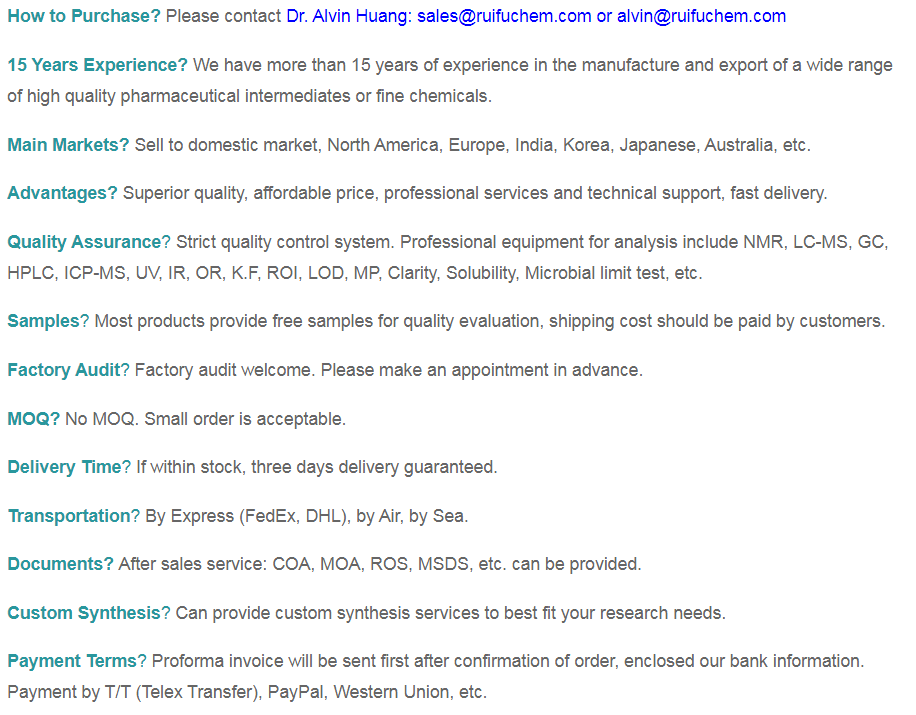
Hazard Symbols Xn - Harmful
Risk Codes R22 - Harmful if swallowed
R36/37/38 - Irritating to eyes, respiratory system and skin.
Safety Description
S26 - In case of contact with eyes, rinse immediately with plenty of water and seek medical advice.
S37/39 - Wear suitable gloves and eye/face protection
UN IDs UN 3261 8/PG 2
TSCA Yes
HS Code 2925190090
Hazard Class 8
Packing Group III
N-Bromosuccinimide (NBS) (CAS: 128-08-5) is a chemical reagent used in radical substitution, electrophilic addition, and electrophilic substitution reactions in organic chemistry. NBS can be a convenient source of Br•, the bromine radical. It is used as organic synthetic raw material for bromination reaction. Versatile brominating agent.
NBS is a widely used mild brominating agent and used as chemical intermediate and building block for several chemical production processes, especially in pharma related applications.
Although NBS is easier and safer to handle than bromine, precautions should be taken to avoid inhalation. NBS should be stored in a refrigerator. NBS will decompose over time giving off bromine. Pure NBS is white, but it is often found to be off-white or brown colored by bromine.
In general, reactions involving NBS are exothermic. Therefore, extra precautions should be taken when used on a large scale. When heated to decomposition it emits toxic fumes of Brand NOx. Common brominating agent. Oxidizes silyl ethers to aldehydes in the presence of AIBN.
-
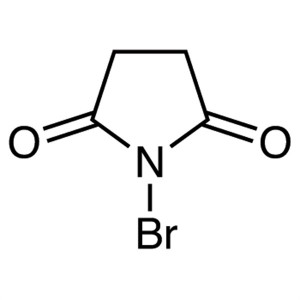
N-Bromosuccinimide (NBS) CAS 128-08-5 Purity >9...
-
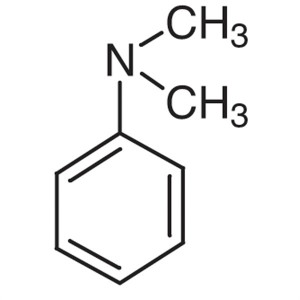
N,N-Dimethylaniline (DMA) CAS 121-69-7 Purity >...
-
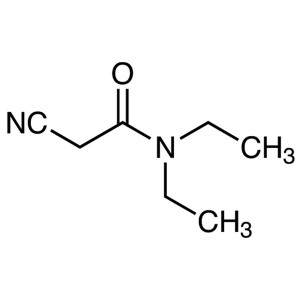
N,N-Diethylcyanoacetamide CAS 26391-06-0 Purity...
-
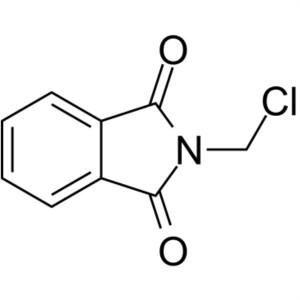
N-(Chloromethyl)phthalimide CAS 17564-64-6 Puri...
-
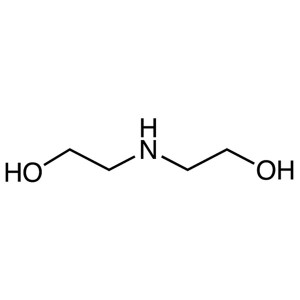
Diethanolamine (DEA) CAS 111-42-2 Purity >99.5%...
-
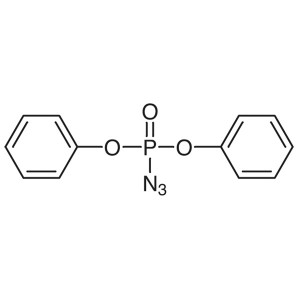
Diphenylphosphoryl Azide (DPPA) CAS 26386-88-9 ...
-
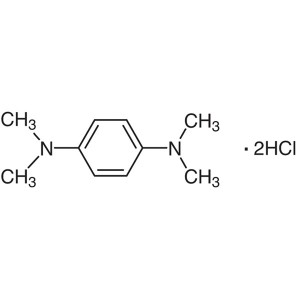
TMPD CAS 637-01-4 Purity >98.0% (HPLC) Factory
-
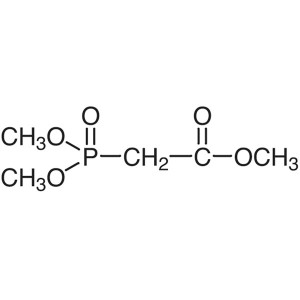
Trimethyl Phosphonoacetate (TMPA) CAS 5927-18-4...
-
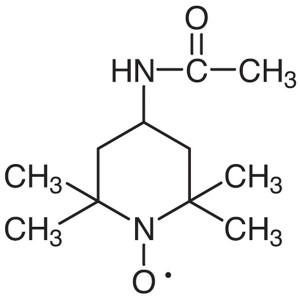
4-Acetamido-TEMPO Free Radical CAS 14691-89-5 P...
-
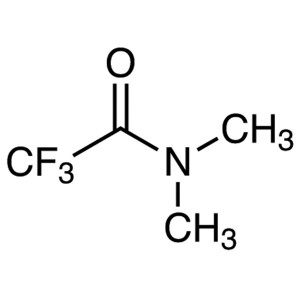
N,N-Dimethyltrifluoroacetamide (DTA) CAS 1547-8...
-
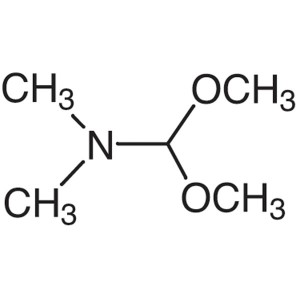
DMF-DMA CAS 4637-24-5 N,N-Dimethylformamide Dim...
-
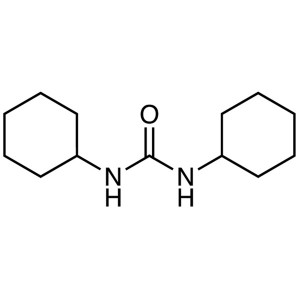
N,N’-Dicyclohexylurea DCU CAS 2387-23-7 P...
-
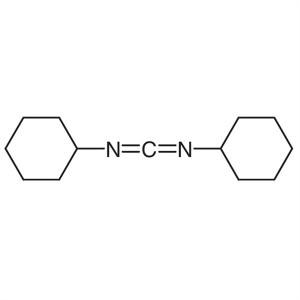
DCC CAS 538-75-0 N,N’-Dicyclohexylcarbodi...
-
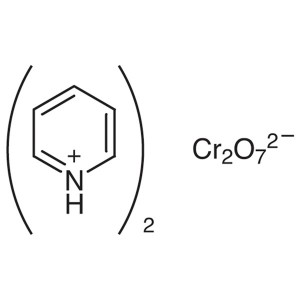
PPDC Pyridinium Dichromate CAS 20039-37-6 Assay...
-
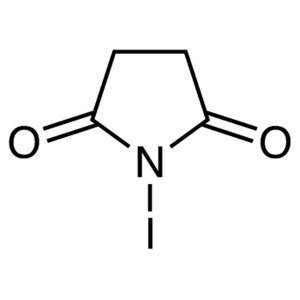
N-Iodosuccinimide (NIS) CAS 516-12-1 Purity >99...
-
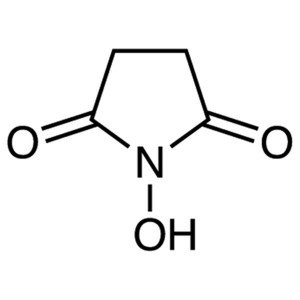
N-Hydroxysuccinimide (HOSu) CAS 6066-82-6 Coupl...

